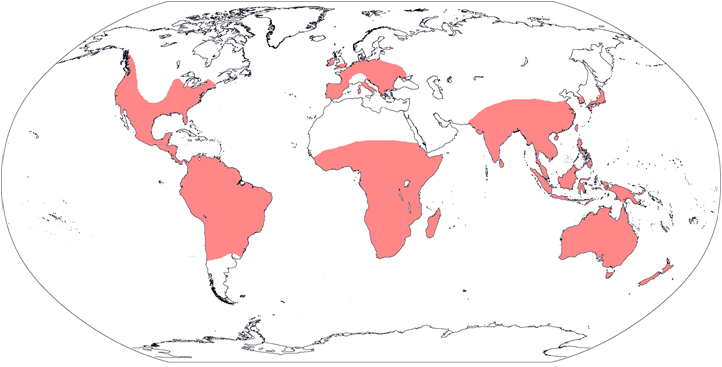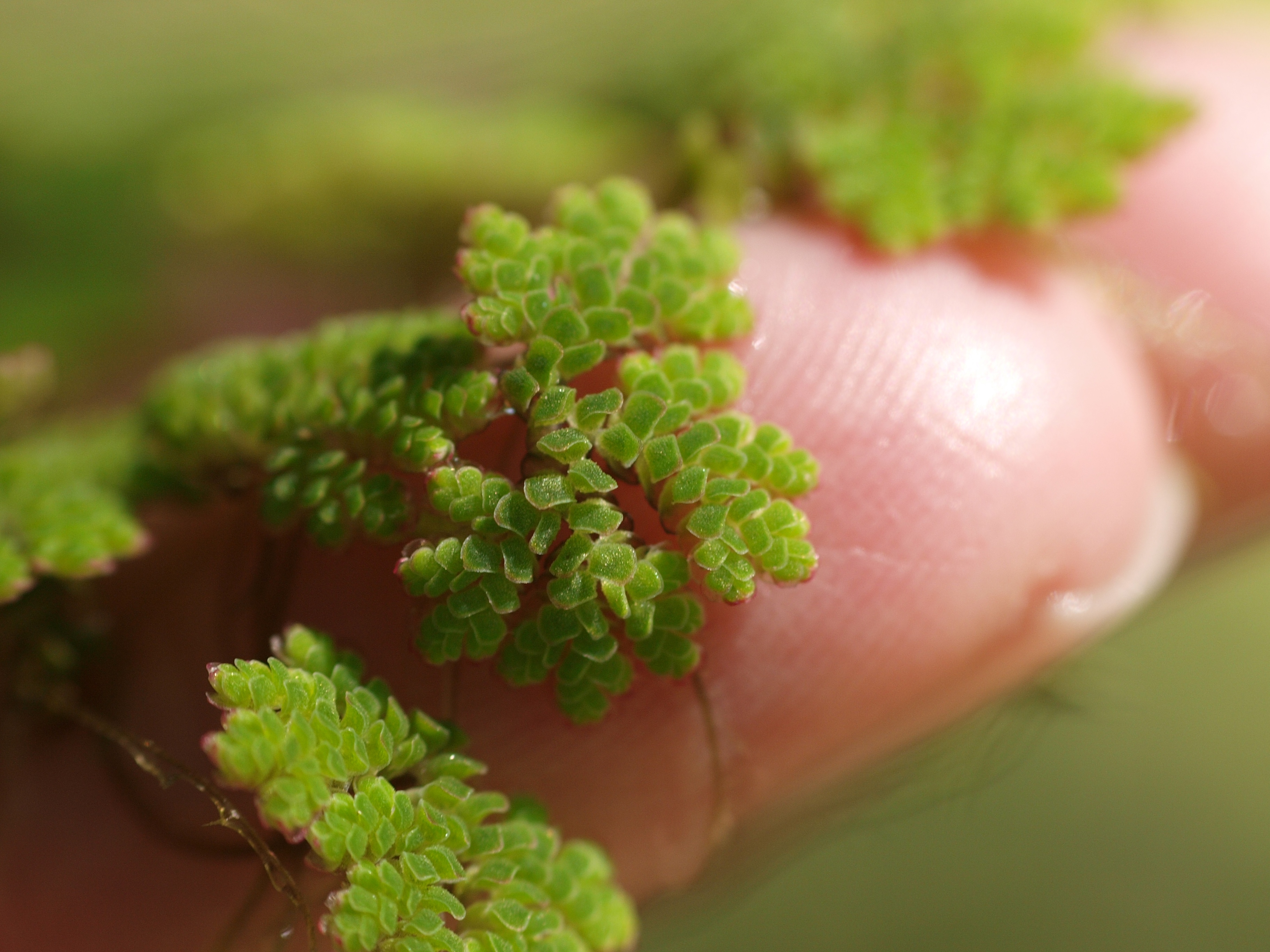China Connection
TB Fanatic
Um, a way to produce a protein crop.
........................................................................................
AZOLLA – A Little Ferm with Massive Green Potential

Azolla is a unique freshwater fern that is one of the fastest growing plants on the planet which grows free floating on fresh water with numerous small closely overlapping scale like water repellent leaves with their roots hanging in the water.

Introduction:
The importance of Azolla was first discovered in China due to its nitrogen fixing capability. There have been records of Azolla being widely used as a bio-fertilizer in various local reports in China and Vietnam in 17th century. It is popular and cultivated widely in countries like India, China, Japan, Korea, Vietnam, and the Philippines although India is yet to realise the potential of Azolla and take up the use of this super plant in a big way.
Azolla is an extraordinary aquatic weed rich in proteins, essential amino acids, vitamins (vitamin A, vitamin B12 and Beta- Carotene), growth promoter intermediaries and minerals like calcium, phosphorous, potassium, ferrous, copper, magnesium etc. On a dry weight basis, it contains 25 – 35 percent protein, 10 – 15 percent minerals and 7 – 10 percent of amino acids, bio-active substances and bio-polymers.
Azolla is an effective bio-fertilizer for coffee, areca, coconut, pepper, banana and other crops grown in natural tree-shade environment due to its unique nitrogen fixation capability. It can be added directly to plants or can be mixed with organic manure or soil. With the rising prices of chemical fertilizers, Azolla is a wonderful bio-fertilizer which is cost effective and a boon to farmers with its rich nutrient contents.
**Thus AZOLLA is famously known as GREEN NITROGEN FERTILIZER & GREEN GOLDMINE**
Application of Azolla as fresh green manure to COFFEE
Image 2
Growing Azolla:
Azolla can be grown by preparing a water storage medium using Silpauline sheets or any other shallow pit which can store water. All corners of the pit should be at the same level so that a uniform water level can be maintained. Store water up to a height of 0.5 feet. Place a small amount of fresh Azolla inside the water. This will multiply rapidly and cover the entire growing medium in about 10-15 days.
Growing medium prepared using Silpauline sheet
Image 3
Maintenance:
Add any kind of organic matter like cow dung or fertile soil in to the water stored to facilitate rapid multiplication
Maintain shade up to 70% using shade net or any natural shade.
Water level should be maintained during rainy season.
It is advised to change the water and the organic matter once a month.
Addition of cow dung once in 5 days will result in rapid multiplication.
A pit of dimension 15x10x0.5 feet will fetch around 50 kilograms wet weight of Azolla every week.
http://hasiruorganics.com/azolla-little-ferm-massive-green-potential/
........................................................................................
AZOLLA – A Little Ferm with Massive Green Potential

Azolla is a unique freshwater fern that is one of the fastest growing plants on the planet which grows free floating on fresh water with numerous small closely overlapping scale like water repellent leaves with their roots hanging in the water.

Introduction:
The importance of Azolla was first discovered in China due to its nitrogen fixing capability. There have been records of Azolla being widely used as a bio-fertilizer in various local reports in China and Vietnam in 17th century. It is popular and cultivated widely in countries like India, China, Japan, Korea, Vietnam, and the Philippines although India is yet to realise the potential of Azolla and take up the use of this super plant in a big way.
Azolla is an extraordinary aquatic weed rich in proteins, essential amino acids, vitamins (vitamin A, vitamin B12 and Beta- Carotene), growth promoter intermediaries and minerals like calcium, phosphorous, potassium, ferrous, copper, magnesium etc. On a dry weight basis, it contains 25 – 35 percent protein, 10 – 15 percent minerals and 7 – 10 percent of amino acids, bio-active substances and bio-polymers.
Azolla is an effective bio-fertilizer for coffee, areca, coconut, pepper, banana and other crops grown in natural tree-shade environment due to its unique nitrogen fixation capability. It can be added directly to plants or can be mixed with organic manure or soil. With the rising prices of chemical fertilizers, Azolla is a wonderful bio-fertilizer which is cost effective and a boon to farmers with its rich nutrient contents.
**Thus AZOLLA is famously known as GREEN NITROGEN FERTILIZER & GREEN GOLDMINE**
Application of Azolla as fresh green manure to COFFEE
Image 2
Growing Azolla:
Azolla can be grown by preparing a water storage medium using Silpauline sheets or any other shallow pit which can store water. All corners of the pit should be at the same level so that a uniform water level can be maintained. Store water up to a height of 0.5 feet. Place a small amount of fresh Azolla inside the water. This will multiply rapidly and cover the entire growing medium in about 10-15 days.
Growing medium prepared using Silpauline sheet
Image 3
Maintenance:
Add any kind of organic matter like cow dung or fertile soil in to the water stored to facilitate rapid multiplication
Maintain shade up to 70% using shade net or any natural shade.
Water level should be maintained during rainy season.
It is advised to change the water and the organic matter once a month.
Addition of cow dung once in 5 days will result in rapid multiplication.
A pit of dimension 15x10x0.5 feet will fetch around 50 kilograms wet weight of Azolla every week.
http://hasiruorganics.com/azolla-little-ferm-massive-green-potential/
Last edited:


